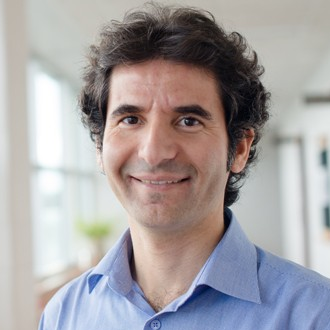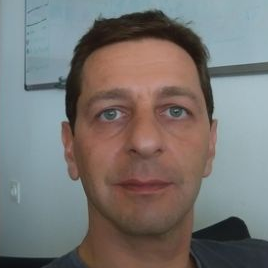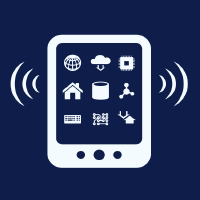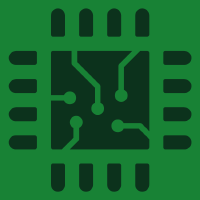Topic Editors


Quantum Information and Quantum Computing, 2nd Volume
Topic Information
Dear Colleagues,
Although a few decades have passed since the first concept of quantum computing was established by Richard Feynman and Paul Benioff, it has only recently attracted the attention of the wider community, including large technology companies such as Google, IBM, Microsoft, Amazon, and others. This has resulted in an important milestone in the field, leading to the first demonstrations of quantum supremacy. Superconducting, photonic, solid-state, and trapped neutral atom and charged ion platforms are considered among the most promising approaches. However, there has been no clear winner so far, since each approach has come with its own severe deficiency. In both fields of science and engineering, it is a challenge to manufacture a large-scale quantum computer that can reliably process information to solve practical problems relevant to the real needs of society.
Research that reports new advances that meaningfully contribute to the state-of-the-art quantum computing and current body of knowledge on quantum information is encouraged. This may include research on scalable manufacturing and quantum control of qubit systems, hybrid classical and quantum computing approaches, algorithms for noisy intermediate scale quantum computers, demonstrations of quantum advantage, novel materials, technology milestones in quantum networks and infrastructures, quantum fault-tolerance and noise, miniaturization, quantum imaging and sensing, quantum statistical learning, quantum information processes in biological systems, and foundations of quantum mechanics.
An additional topic of interest is the training of the quantum workforce for highly demanding quantum information and quantum computing technologies.
Dr. Durdu Guney
Dr. David Petrosyan
Topic Editors
Keywords
- quantum supremacy
- superconducting quantum computing
- photonic quantum computing
- solid-state quantum computing
- trapped-ion quantum computing
- Rydberg-atom quantum computing and simulations
- scalable manufacturing of qubit systems
- scalable quantum control
- hybrid classical and quantum computing
- noisy intermediate scale quantum computers
- quantum communications
- quantum machine learning
- quantum imaging and sensing
- quantum biology
- fault-tolerant quantum computing
- quantum education
Participating Journals
| Journal Name | Impact Factor | CiteScore | Launched Year | First Decision (median) | APC | |
|---|---|---|---|---|---|---|

Applied Sciences
|
2.7 | 4.5 | 2011 | 16.9 Days | CHF 2400 | Submit |

Electronics
|
2.9 | 4.7 | 2012 | 15.6 Days | CHF 2400 | Submit |

Entropy
|
2.7 | 4.7 | 1999 | 20.8 Days | CHF 2600 | Submit |

Mathematics
|
2.4 | 3.5 | 2013 | 16.9 Days | CHF 2600 | Submit |

Symmetry
|
2.7 | 4.9 | 2009 | 16.2 Days | CHF 2400 | Submit |

Technologies
|
3.6 | 5.5 | 2013 | 19.7 Days | CHF 1600 | Submit |

Chips
|
- | - | 2022 | 15.0 days * | CHF 1000 | Submit |
* Median value for all MDPI journals in the second half of 2023.

MDPI Topics is cooperating with Preprints.org and has built a direct connection between MDPI journals and Preprints.org. Authors are encouraged to enjoy the benefits by posting a preprint at Preprints.org prior to publication:
- Immediately share your ideas ahead of publication and establish your research priority;
- Protect your idea from being stolen with this time-stamped preprint article;
- Enhance the exposure and impact of your research;
- Receive feedback from your peers in advance;
- Have it indexed in Web of Science (Preprint Citation Index), Google Scholar, Crossref, SHARE, PrePubMed, Scilit and Europe PMC.

